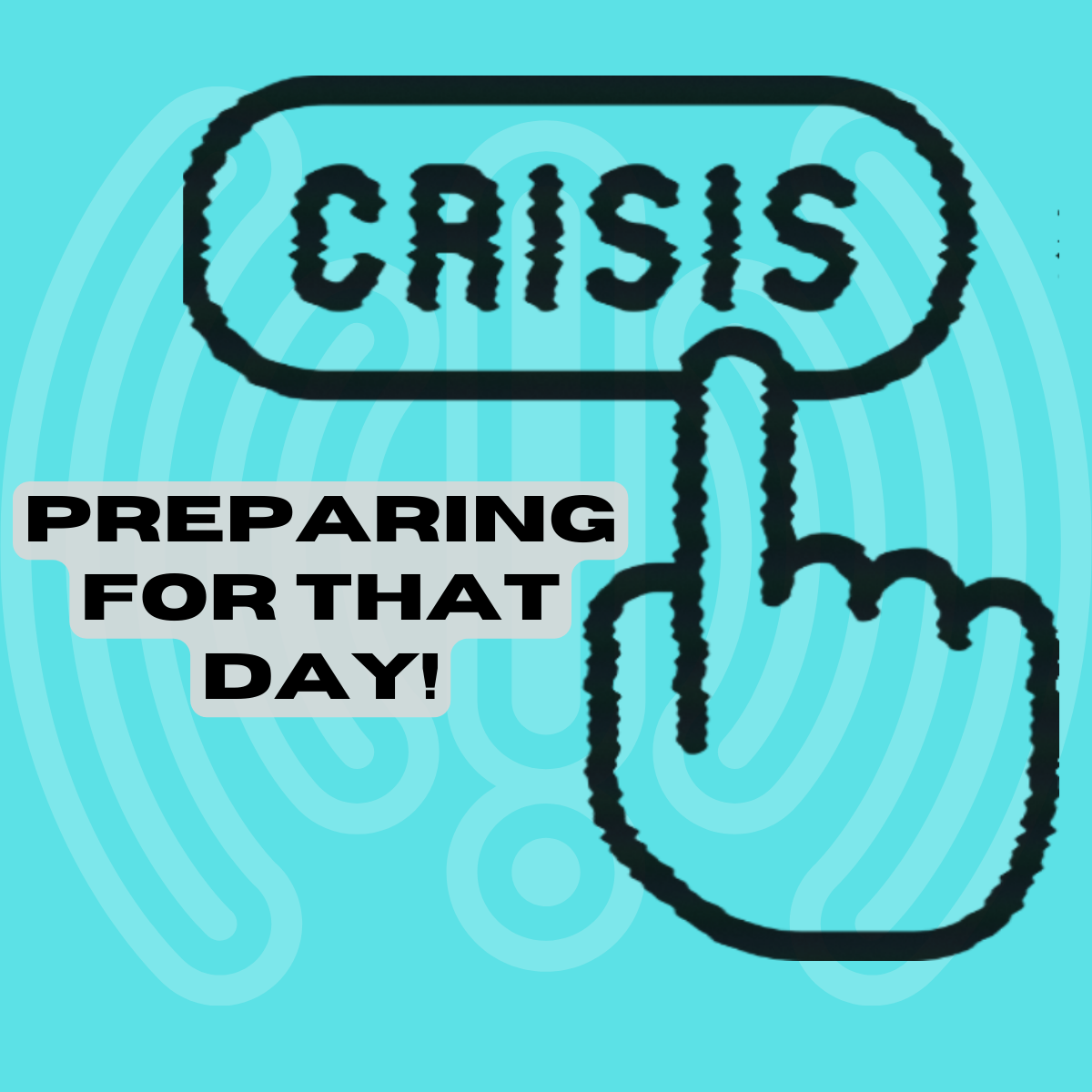MindShare: Crisis Communications Tips
By Jeff Durosko
 Surely you have seen some pretty crazy interviews during this time of ongoing and nearly constant crisis in America. From hysterical pronouncements to over-reactions and under-reactions, it seems like every interview is one step worse than the next. If you are a small business, or big corporation dealing with the realities of COVID-19 or a hurricane or a tragic shooting, you may find yourself being interviewed by a member of the press.
Surely you have seen some pretty crazy interviews during this time of ongoing and nearly constant crisis in America. From hysterical pronouncements to over-reactions and under-reactions, it seems like every interview is one step worse than the next. If you are a small business, or big corporation dealing with the realities of COVID-19 or a hurricane or a tragic shooting, you may find yourself being interviewed by a member of the press.
Any crisis situation demands some level of communications and companies today must be prepared for any scenario – whether it’s a terrorist attack, a weather emergency or a healthcare crisis.
The strength of an organization’s leadership can be tested during times of crisis or extreme challenge. Your reputation takes years to build, and in today’s information age, only seconds to lose. Crisis situations require an immediate response, a firm position or plan of action delivered with honesty and genuine empathy.
Crisis doesn’t always take the form of mass violence or major tragedy. From data breach and system failure to corporate or officer wrongdoings, legal issues and employee accidents, crisis has many faces, comes without warning and discriminates against no company, school, non-profit organization or office building. A crisis can happen at any minute, in any place, including at one of your organization’s locations as evidenced from recent tragedies at Michigan State and in East Palestine, Ohio. But that is why it is so urgent to have a crisis communications plan in place – with very specific protocols on what to do when faced with the worst.
- Establish policy and protocol. Who is the key communicator? Who is the backup if that communicator is not available for any reason?
- Create a chain of communication, especially when working in a large work environment. Make sure that every employee knows that protocol.
- What is the forum for communication? Is it a text blast, an email blast, PA announcements or all of the above?
- What is the message? Some combination of prior training and on-the-ground advice from law enforcement officials could be communicated based on information available, allowing people to better know how to react.
- How do you keep the general public informed? Families in the San Bernardino event faced hours of uncertainty as the situation was fluid for a long time. Many people raced to the scene putting themselves in peril. Some communication tools could have been used – websites, phone system messages, social media – or direct delivery through media sources – to keep those individuals better informed.
- The absolute most important thing that a leader can do is show up. Yes, just show up. Sometimes the only thing you, as a leader, can do is show up on the scene and take the tough questions from the media and those impacted by the tragedy. There are countless examples of leaders who did not show up, creating confusion, anger and frustration – as old as the Exxon Valdez accident and as recent as the train derailment in East Palestine, Ohio.
Every company should have these five things in place – and every employee should know where to look for information when it seems that there is nowhere to turn. No crisis communications plan is going to prevent a tragedy from happening but it can assist in reducing panic and frustration and keeping all informed of what the authorities know.
Knowing your response will be what’s remembered, organizations of every type should protect their reputations with thoughtful, swift response to media inquiries, followed by messages developed with calm consideration of the fears and concerns its people. No-one can predict the future, but smart leaders prepare for the worst by building the trust and confidence necessary to overcome a crisis situation.
Bad things happen to great companies. Don’t let your organization be caught like a deer in the headlights when the unthinkable becomes reality.
Learn more at duroskopr.com.